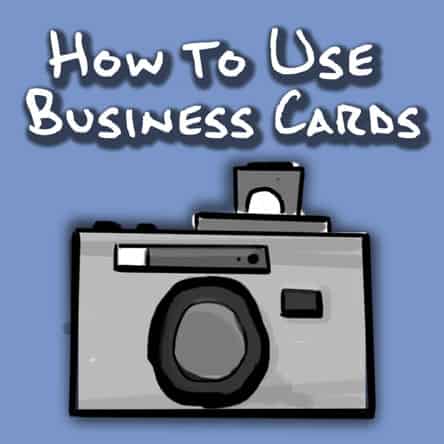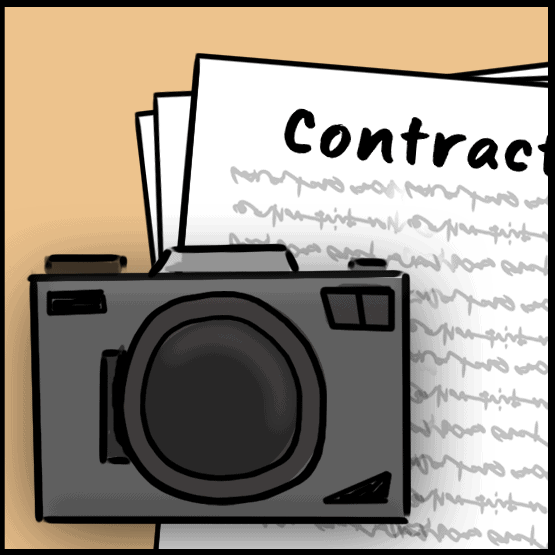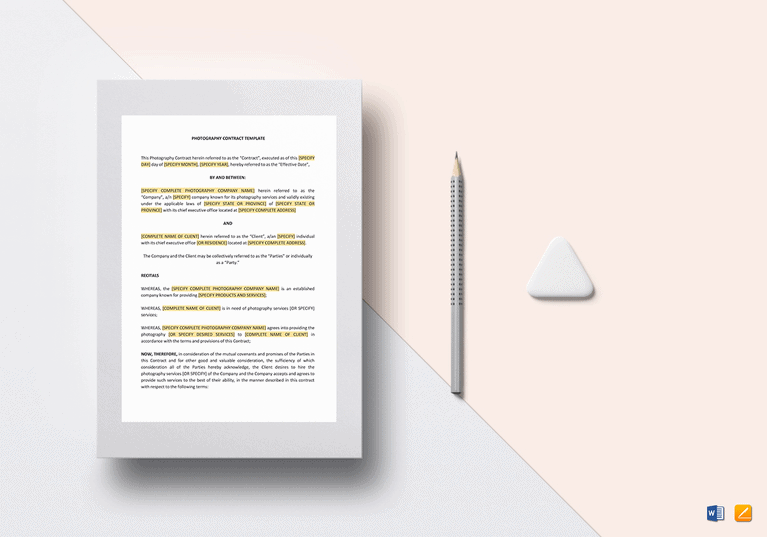How To Effectively Use Photography Business Cards to Increase Revenue

Previously I wrote about “Free Photography Contracts”, make sure you checkout that article as well. If you’re a freelance photographer, your photography business cards are tools just like your cameras.
Purpose of Business Cards
Your photography business cards are marketing. This marketing is designed to increase your client leads. So they aren’t just for current clients, they’re for potential clients.
How to use Photography Business Cards
- First, you have to get into the habit of carrying your cards around.
- Remember, no one likes a “sales person.” Don’t hand them out to strangers like they’re yard sale flyers.
- Stop thinking of the cards as a time saver to avoid scribbling your contact info on a napkin. Cards are marketing tools.
- Some photographers carry two different business card designs. One is a plain, cheap card they can give to people that just need your contact information. The second card may act as a coupon and offer a discount on their service and products, or contain a well-written call to action. Having two cards lets them pick which best fits the situation.
Holly Gardner’s Tip
“When you exchange cards make it a point to jot a few personal notes about the person so that when you contact them in the future you’ll have some identifying information and be able to connect on a more personal level. For example, if you gave me your business card I might jot ‘Tall w/ brown hair. Has 2 young kids.’” Holly Gardner, Photography
Creative use of Photography Business Cards
I had a photographer friend that would find a local Halloween Pumpkin Patch and spend two weeks there every year. She’d walk up to a family and ask if they wanted free pictures. They’d usually agree and she’d take five minutes to snap a few pictures for them. Then she’d hand them a business card and tell them to email her in 48 hours and she’d email them the file. This simple gesture created trust. Her photography business cards acted as a handshake on these exchanges. Many of these free, five-minute shoots created long-lasting client relationships.
Where to get Photography Business Cards Printed
There are a million printers out there, but you may want to try one of these:
Designing your Card
When you design your card, get creative, but not too creative. While you want your cards to be attractive, clarity is more important. If the person you just handed a card to can’t read it, you’ve just lost a client lead.
Here are some features that may help:
- Your photo on the card will remind clients who you are, especially if they meet a lot of people every month. A photo might make that potential customer contact you for a shoot.
- Dye cuts, special finishes, heavier paper, and selective use of colors and fonts can make your card visually pleasing and memorable. And there’s less chance it will be thrown in the trash.
- You can even make business cards shaped like camera lenses or viewfinders.
- Or have business cards shaped like slides or negatives.
Most business cards are small (3.5 inches wide, 2 inches tall), but you can fit a marketing message there if you are concise Consider these copywriting examples:
- A client testimonial on the card.
- Offer a discount.
- List the services you provide.
- More information does not equal a more effective business card. Carefully choose the information you share. Do you really need those links to your Twitter and Pinterest accounts?
Opposing Opinion
“Business cards just haven’t felt like a big deal for me. I have them just in case in my bag, but it’s rare that I actually hand them to someone who would actually book me. Everything is done via social media now.” Robert J Hill, photography
If you do decide to order business cards, take the time to think about their design and what it says about your business. Make sure your card is as professional as your photography. Then go out there and use them!


